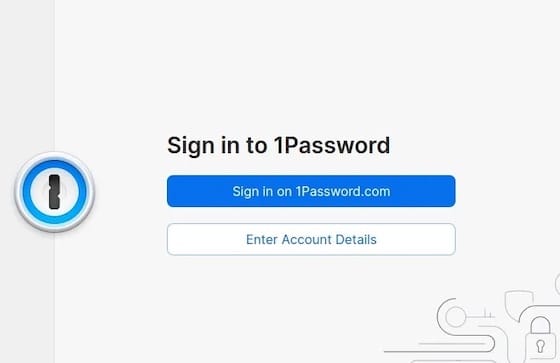
In this tutorial, we will show you how to install 1Password on Ubuntu 20.04 LTS. For those of you who didn’t know, 1Password is a password manager, digital vault, form filler, and secure digital wallet. 1Password for Linux brings the uncompromising security and award-winning design of 1Password to the Linux desktop. Deep integration with the operating system creates a seamless experience, with password-less login, automatic dark mode support, and an encrypted connection between 1Password for Linux and 1Password in your browser.
This article assumes you have at least basic knowledge of Linux, know how to use the shell, and most importantly, you host your site on your own VPS. The installation is quite simple and assumes you are running in the root account, if not you may need to add ‘sudo‘ to the commands to get root privileges. I will show you the step-by-step installation of the 1Password password manager on Ubuntu 20.04 (Focal Fossa). You can follow the same instructions for Ubuntu 18.04, 16.04, and any other Debian-based distribution like Linux Mint.
Prerequisites
- A server running one of the following operating systems: Ubuntu 20.04, 18.04, and any other Debian-based distribution like Linux Mint or elementary OS.
- It’s recommended that you use a fresh OS install to prevent any potential issues.
- A
non-root sudo useror access to theroot user. We recommend acting as anon-root sudo user, however, as you can harm your system if you’re not careful when acting as the root.
Install 1Password on Ubuntu 20.04 LTS Focal Fossa
Step 1. First, make sure that all your system packages are up-to-date by running the following apt commands in the terminal.
sudo apt update sudo apt upgrade
Step 2. Installing 1Password on Ubuntu 20.04.
Now add the key for the 1Password apt repository:
curl -sS https://downloads.1password.com/linux/keys/1password.asc | sudo gpg --dearmor --output /usr/share/keyrings/1password-archive-keyring.gpg
Next, add the 1Password apt repository:
echo 'deb [arch=amd64 signed-by=/usr/share/keyrings/1password-archive-keyring.gpg] https://downloads.1password.com/linux/debian/amd64 stable main' | sudo tee /etc/apt/sources.list.d/1password.list
After that, add the debsig-verify policy:
sudo mkdir -p /etc/debsig/policies/AC2D62742012EA22/ curl -sS https://downloads.1password.com/linux/debian/debsig/1password.pol | sudo tee /etc/debsig/policies/AC2D62742012EA22/1password.pol sudo mkdir -p /usr/share/debsig/keyrings/AC2D62742012EA22 curl -sS https://downloads.1password.com/linux/keys/1password.asc | sudo gpg --dearmor --output /usr/share/debsig/keyrings/AC2D62742012EA22/debsig.gpg
Finally, run the commands below to update and install 1Password on your Ubuntu system:
sudo apt update sudo apt install 1password
Step 3. Accessing 1Password on Ubuntu.
Once successfully installed. Now launch it, go to the Activities Overview –> Dashboard and search 1Password and launch it.

Congratulations! You have successfully installed 1Password. Thanks for using this tutorial for installing the 1Password password manager on your Ubuntu 20.04 LTS Focal Fossa system. For additional help or useful information, we recommend you check the official 1Password website.